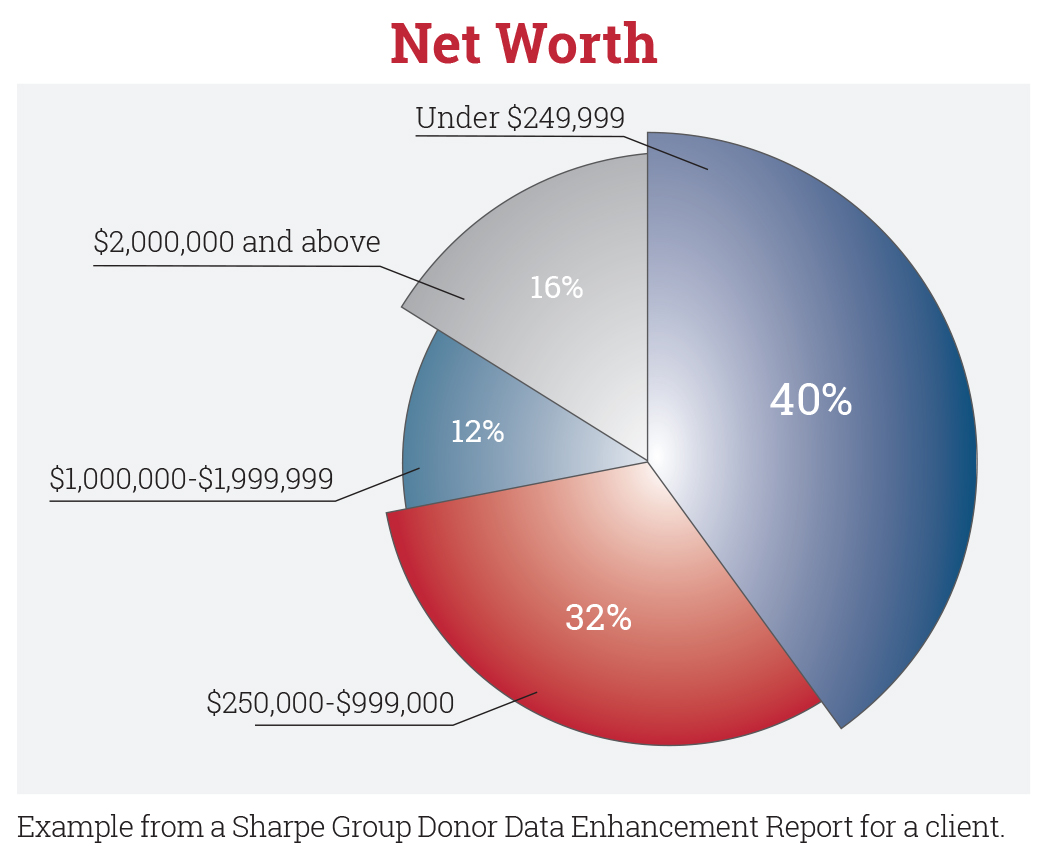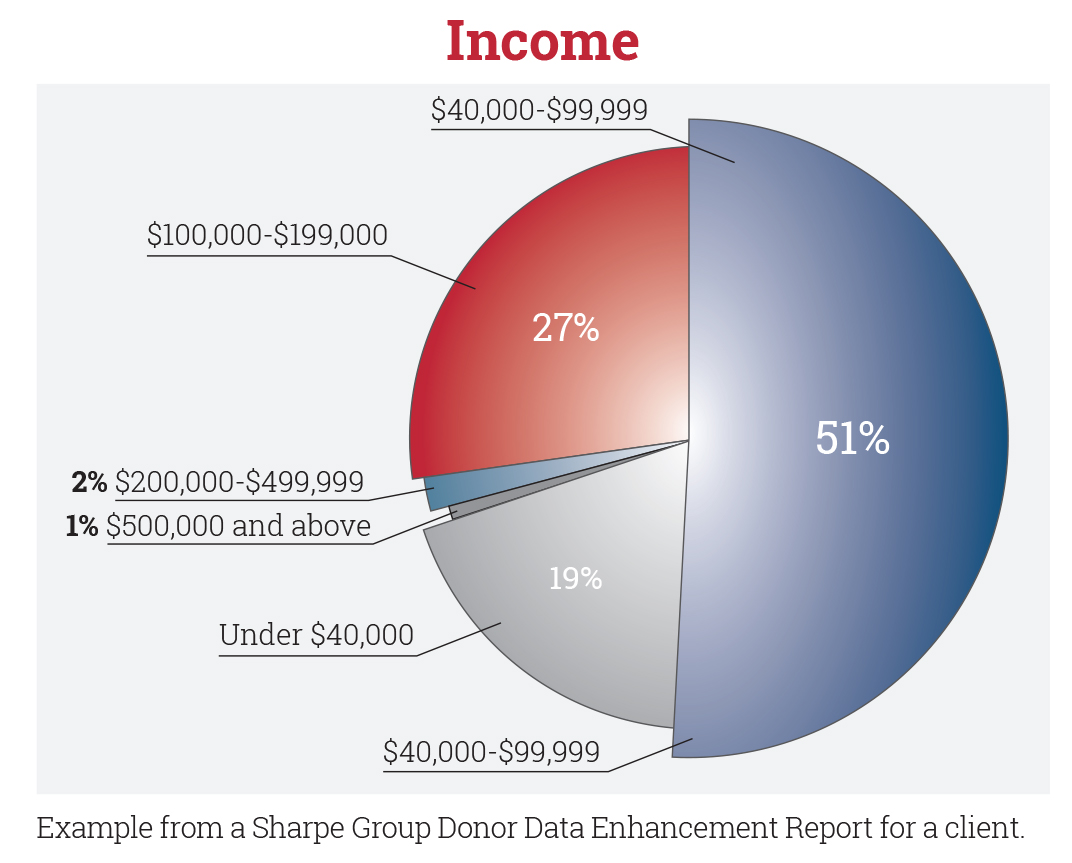Some of you will remember public service announcements that were typically broadcast on a Friday or Saturday evening after the late news reports. They would say something like, “It’s 10:30. Do you know where your children are?” If you knew the answer, all was well. If you did not know where your children were, you were likely to be prompted to discover the answer.
In a similar vein, fundraising executives are increasingly being asked if they, in effect, “know where their donors are,” especially the older ones whose “whereabouts” may be most important.
Some nonprofits have a built-in advantage in this respect. Educational institutions often develop lifelong relationships with alumni. Professional societies can enjoy lifelong relationships with their members. For most, however, traditional information on donors is primarily limited to the donor’s relatively short-term giving history.
Easily obtainable information such as the recency, frequency and size of gifts are generally tracked and monitored, but often there is little effort devoted to understanding who donors really are, including their age, wealth and life-stage factors. Gaining a better understanding of who your donors are in a broader sense can be a foundation for efforts to find more people like them and maximizing their giving potential.
Who are they?
 Start by considering your constituency as a whole. Are most of your donors younger, older or somewhere in the middle? Knowing what your donor base looks like compared to the number of Americans in various age ranges can be an important component of plans to attract new donors.
Start by considering your constituency as a whole. Are most of your donors younger, older or somewhere in the middle? Knowing what your donor base looks like compared to the number of Americans in various age ranges can be an important component of plans to attract new donors.
For example, examine these three donor files from various Sharpe clients comparing the relative number of donors to the number of people born in America during the 20th century.
Note that donor distribution by age varies widely and every nonprofit entity is unique. Some missions seem to be “age related,” primarily appealing to donors of certain ages, and others have almost a universal appeal and mimic birth rates in America over time. Stop to consider: How much sense would it make to plan and implement fundraising efforts the same way regardless of the age of the audience for those efforts?
After age, the next step in knowing your donors is to determine their financial capacity. Are your donors mainly at the middle and upper end of the wealth spectrum, or are the majority of your donors people of more modest means? In some cases, donors are distributed to a greater or lesser degree among all income and wealth categories. In any event, you will not really know where your donors are until you make the effort to segment your donor list according to age and wealth.
Why segment?
While some fundraising initiatives can work well with all donors, regardless of age or wealth, most hold special appeal to one demographic segment or another. Imagine how much more cost effective your marketing efforts would be if you could locate and segment donors with incomes over $250,000 or $500,000 or a net worth over $1 million or $2 million (see charts below and right)? Or if you could combine age, income, net worth and giving history to segment marketing for larger gifts such as Charitable IRA gifts, charitable remainder trusts, large or small bequests, charitable lead trusts, etc.?

With age and financial capacity data, it is possible to better understand “where your donors are” and develop strategies and tactics to acquire, retain, upgrade, downgrade and receive more from regular, special and ultimate gifts—before it is too late.
How to segment
Sharpe Group has long advocated a data-driven approach and has drawn on decades of data accumulation and experience to develop specialized marketing tools such as the Sharpe Gift Planning Matrix© and the Donor Lifecycle© (see Give & Take April 2017). Additionally, Sharpe Group’s Donor Data Enhancement Services can help you learn even more about your donor base, refining your target audience and clarifying how best to reach those donors. For more information, email info@SHARPEnet.com or click here. ■



